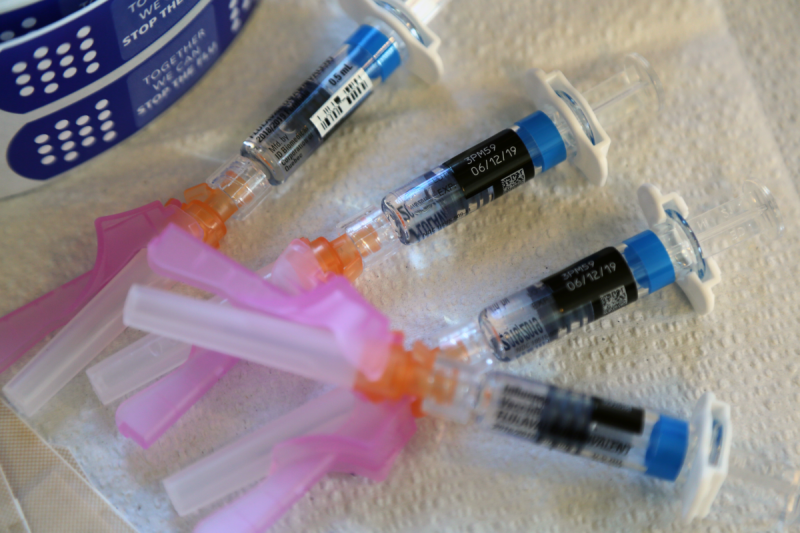
Vaccines can perform well in clinical trials, but their long-term effectiveness can vary. That’s why the Food and Drug Administration (FDA) wants better ways to track post-market performance and to know when updates or boosters might be needed.
For ideas, they turned to Ben Goldstein, PhD, professor of biostatistics and bioinformatics at Duke University School of Medicine and an expert in using electronic health record data to assess individual health.
What Goldstein and colleagues learned was recently published in Vaccine and could improve how scientists and policymakers use health record data to guide public health decisions, such as when it’s time for a booster shot.

Goldstein assembled a cross-disciplinary Duke team — including experts in population health, pediatrics, and infectious disease — to take on the challenge, including longtime collaborator Jillian Hurst, PhD, assistant professor of pediatrics.
“We can't do data science in a silo; we need to understand the medical context of what we're studying,” he said.
Breakthrough infections — when vaccinated individuals still get sick — signal that a vaccine’s effectiveness is waning, but the reasons for waning are notoriously hard to analyze. Has immunity from the vaccine simply waned, or was the infection caused by the emergence of a new virus strain?
Researchers often study breakthrough infections by choosing a starting point in time and tracking infections from there. But that’s tricky when the cause of infection is unclear.
“Thinking about the COVID pandemic as an example, we had multiple waves of people being vaccinated at different times. So their start time will be different,” Hurst said. “And then at the same time, you have these other variants emerging. From an analytical perspective, it's super messy. And so how do you handle that?”

The Duke team developed a statistical framework that helps tease apart the different causes of breakthrough infections. “It’s a way to take a large volume of real-world data and try to nail down what the potential mechanism of waning might be,” Goldstein said.
They used a Cox proportional hazards model (a statistical method often used in medical research to study time-to-event data) and tested it using simulated scenarios and real patient data.
Their findings show that the test works well in pinpointing why immunity may be fading and that choosing the right starting point for analysis, known to researchers as “time zero,” is crucial to avoid misleading results.
Researchers analyzed electronic health records from vaccinated patients at Duke University Health System over a six-month period in 2021, tracking COVID-19 infections. But the knowledge they gained, Goldstein said, can apply to vaccination for any disease, including flu and the measles.
Additional authors: Amanda Brucker; Emily O’Brien, PhD; Deverick Anderson, MD, MPH; Michael Yarrington, MD; and Jay Krishnan, MD, MPH.
Funding: US FDA and the National Institutes of Health.